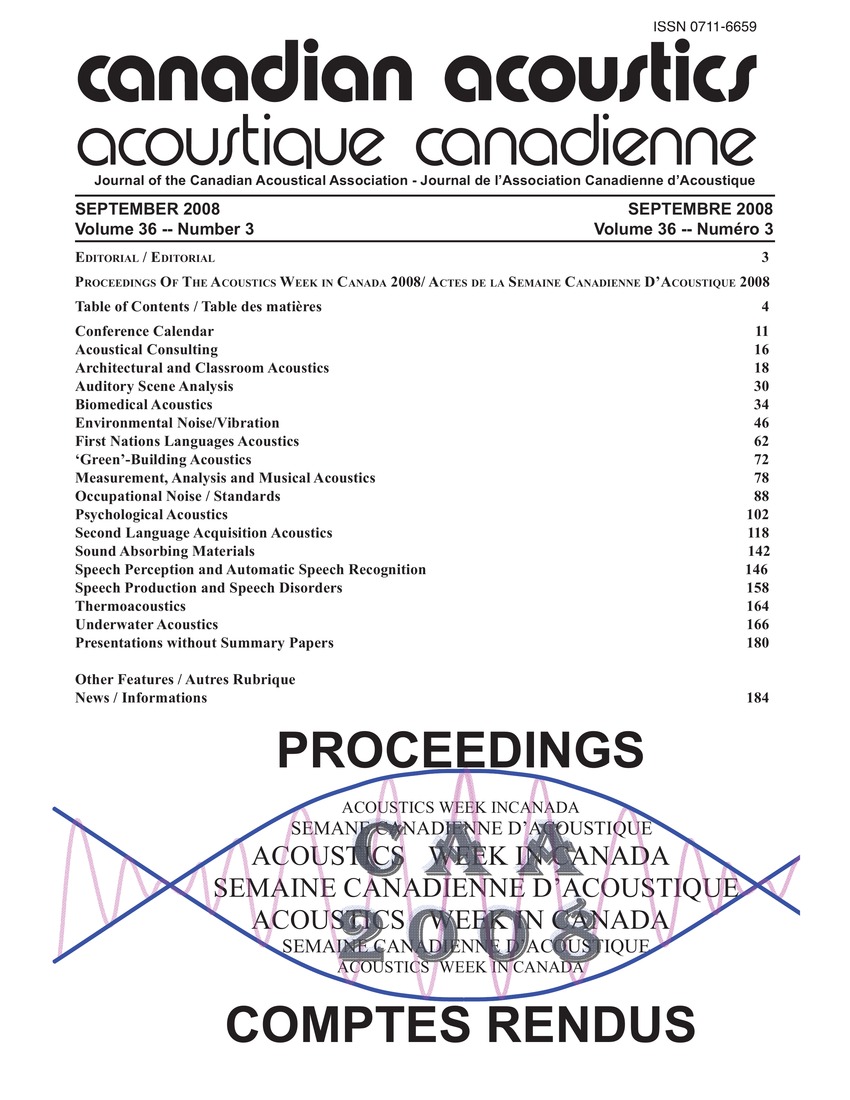Histomorphometric analysis of the effect of therapeutic ultrasound on the dentoalveolar structures during orthodontic force application in-vitro
Mots-clés :
Acoustic waves, Bone, Diamonds, Titanium, Alkaline phosphatases, Bone growths, Bone healing, Coated implants, Diamond wafers, Force applications, Histomorphometric analyses, Low intensities, Mandibular growths, Mrna expressions, Pulsed ultrasounds, Therapeutic ultrasounds, Transverse sectionsRésumé
The histomorphometric analysis was carried out to determine the effect of therapeutic ultrasound on the dentoalveolar structures during orthodontic force application. Low intensity pulsed ultrasound (LIPUS) can enhance bone growth into titanium porous-coated implants and improve bone healing after fractures. LIPUS also can enhance mandibular growth in patients with hemifacial microsomia. The study used mandibles dissected from a old male SD rats by cervical dislocation and transverse sections was cut about 1.5 mm thickness. The study also used a 0.006 inch diamond wafer saw to cut the mandibles. It was observed during the study that an alternation of mRNA expression of alkaline phosphatase or an increase in matrix production of cementoblasts can cause an increase in cementum thickness.Fichiers supplémentaires
Publié-e
Comment citer
Numéro
Rubrique
Licence
Author Licensing Addendum
This Licensing Addendum ("Addendum") is entered into between the undersigned Author(s) and Canadian Acoustics journal published by the Canadian Acoustical Association (hereinafter referred to as the "Publisher"). The Author(s) and the Publisher agree as follows:
-
Retained Rights: The Author(s) retain(s) the following rights:
- The right to reproduce, distribute, and publicly display the Work on the Author's personal website or the website of the Author's institution.
- The right to use the Work in the Author's teaching activities and presentations.
- The right to include the Work in a compilation for the Author's personal use, not for sale.
-
Grant of License: The Author(s) grant(s) to the Publisher a worldwide exclusive license to publish, reproduce, distribute, and display the Work in Canadian Acoustics and any other formats and media deemed appropriate by the Publisher.
-
Attribution: The Publisher agrees to include proper attribution to the Author(s) in all publications and reproductions of the Work.
-
No Conflict: This Addendum is intended to be in harmony with, and not in conflict with, the terms and conditions of the original agreement entered into between the Author(s) and the Publisher.
-
Copyright Clause: Copyright on articles is held by the Author(s). The corresponding Author has the right to grant on behalf of all Authors and does grant on behalf of all Authors, a worldwide exclusive license to the Publisher and its licensees in perpetuity, in all forms, formats, and media (whether known now or created in the future), including but not limited to the rights to publish, reproduce, distribute, display, store, translate, create adaptations, reprints, include within collections, and create summaries, extracts, and/or abstracts of the Contribution.


